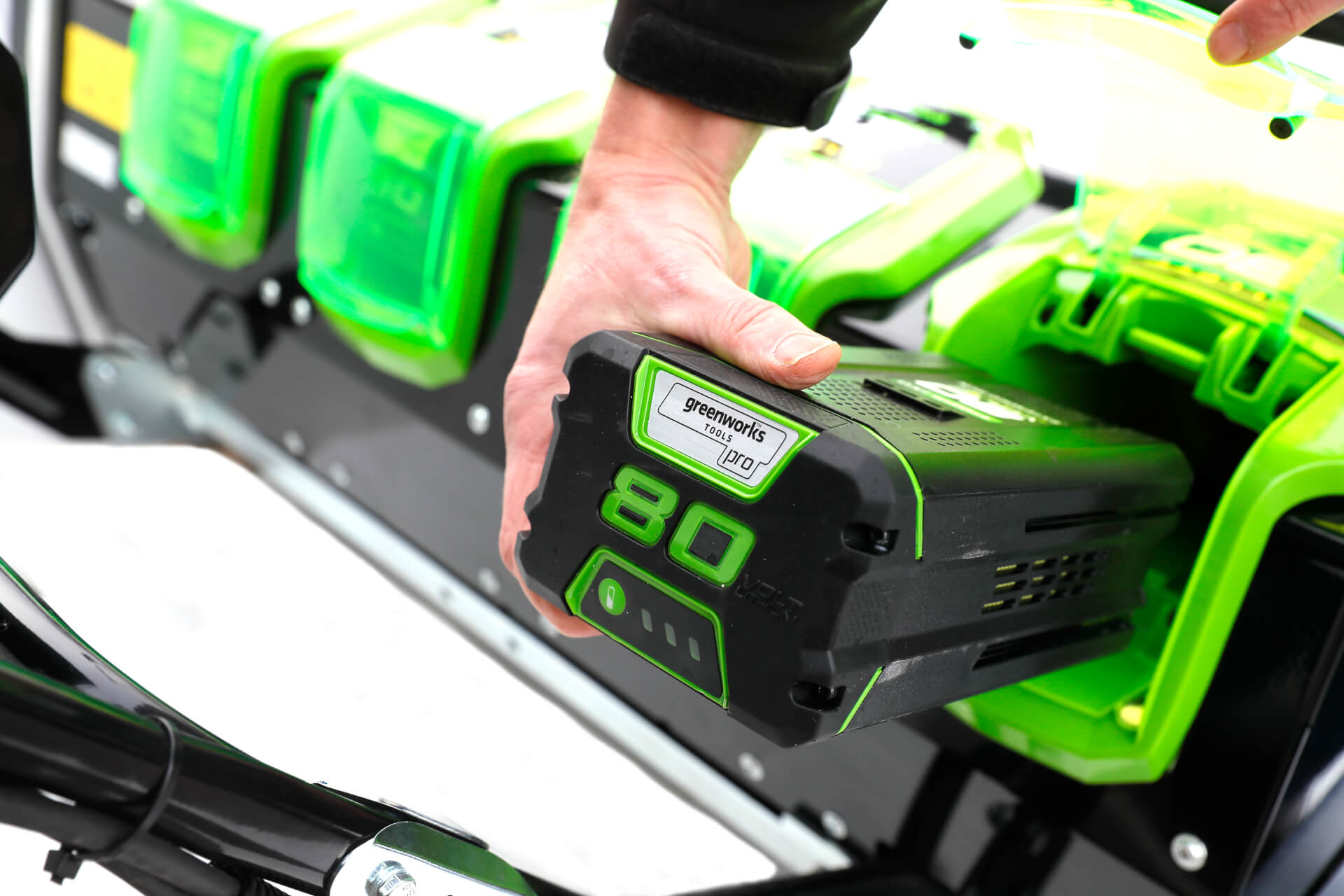Aeration is an extremely vital underrated task needed to achieve a healthy lawn because it allows air and water to penetrate built-up grass or lawn thatch.
Keep your lawn thatch free throughout the mowing season by lightly scarifying at least once a month.

What is aeration?
Aeration is penetrating small holes into the lawn to allow air, water and nutrients to penetrate the grass roots. This helps the roots grow deeply and produce a stronger, more vigorous lawn. Aeration helps relieve soil compaction which can cause serious drainage issues. If you remember back to your school biology lessons compacted soils have many solid particles all squashed together with no room for the proper circulation of air, water and nutrients to reach the grass roots. Excess thatch levels can also hinder the passing of nutrients, air and water reaching the grass roots.
Why do you need to aerate?
For the above reasons for a start! Does your lawn get a lot of traffic? Are your kids playing on it a lot? They will be compacting it. Does your lawn dry out easily? This could mean it's too compact and needs aeration or it could mean it's full of thatch. A thatch layer in dry conditions will stop any limited rainfall getting to the grass roots. Thatch in wet conditions will harbour too much water and flood the lawn. We recommend half an inch of thatch at the most. Your lawn will be extremely stressed at the moment if you are not watering daily- we are suffering a quite extreme drought at the moment considering the wet winter we have just had.When do you need to aerate?
You can aerate all throughout the growing season. Spring would be a great time ahead of the hot summer and then again in autumn ahead of winter.How do you aerate?
You can use a garden fork. The key thing is to do lots of holes and try to make sure they are as deep as possible – we recommend at least 125mm deep. We also produce an aerator cartridge. You can put extra weight in your grassbox to help penetrate deeper. This cartridge is not self-propelled but rotates as you move the mower forward. Make use the ground is soft before you try to aerate, if not it will be hard work and will wear you and your machinery out rather quickly. If conditions are too dry, water the lawn first. If your lawn is full of thatch ensure you scarify ahead of aerating- otherwise, you will just be poking holes in thatch. When you aerate carry out more than one pass with the machine if conditions allow. There are three kinds of aerators available out there....- Spike aerators simply poke a hole down into the soil with a solid, spike-like tine. There are spiked sandals available for homeowners. This can be detrimental as the soil around the hole is compacted.
- Slicing aerators have rotating blades that cut or slice through grass and thatch and down into the soil. Like spike aerators, slicing aerators leave the soil in the ground, but they create pathways for air, water and nutrients without causing more compaction ( like our aerator cartridge)
- Core or plug aerators, typically used by lawn professionals, use rows of hollow tines that remove plugs of soil from your lawn and deposit them on top, where they break down. This is probably the most efficient way of aerating your lawn





Leave a comment
This site is protected by hCaptcha and the hCaptcha Privacy Policy and Terms of Service apply.